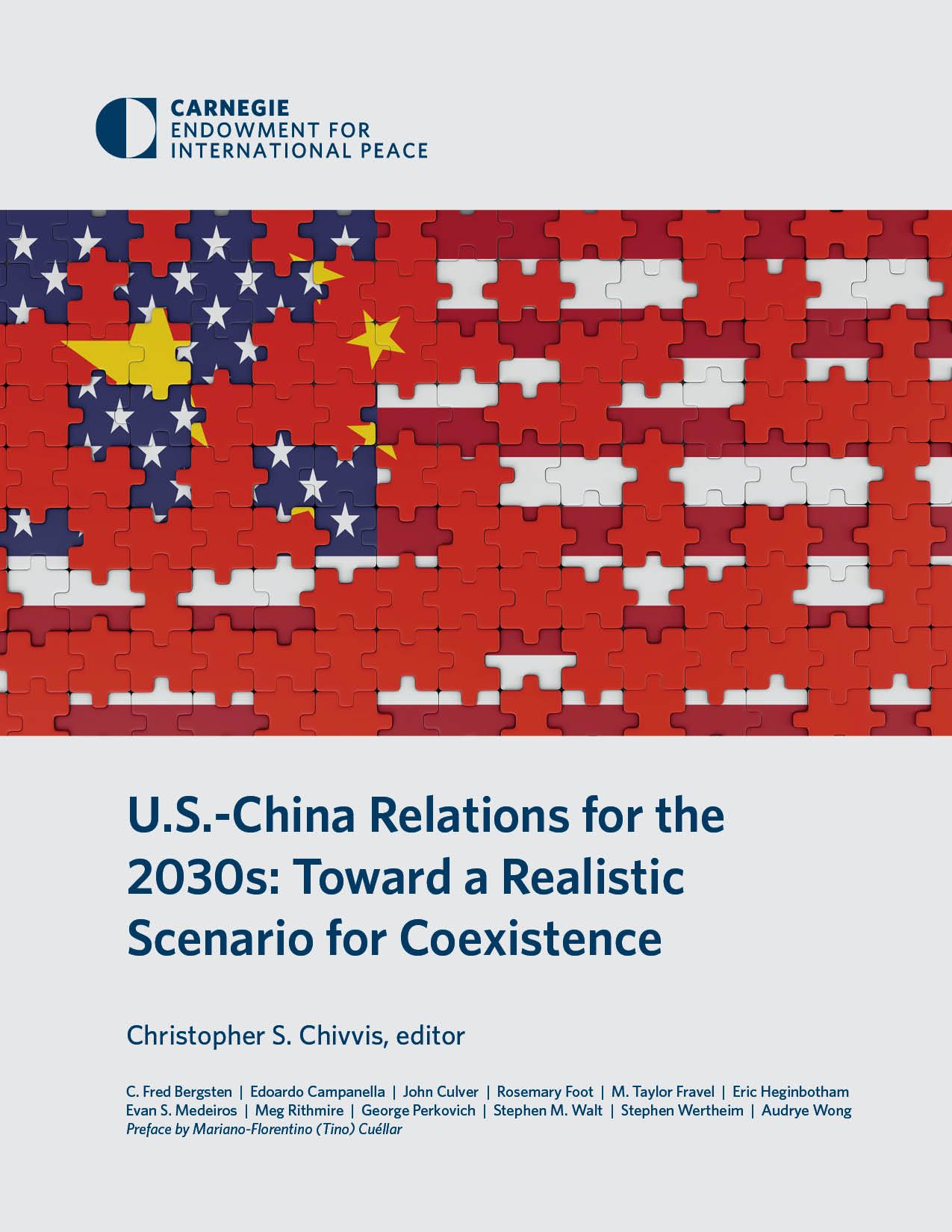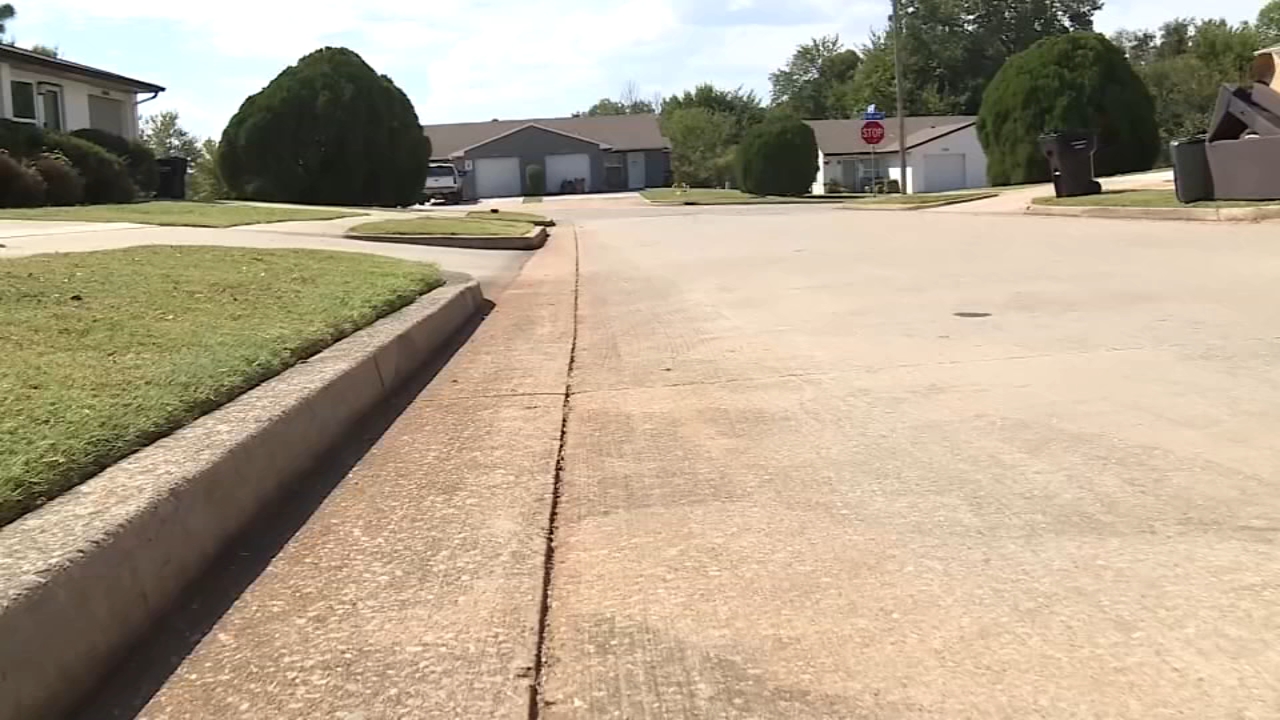Report on Ibrahime Sylla’s Journey and Its Alignment with Sustainable Development Goals (SDGs)
Introduction
Ibrahime Sylla, a refugee from Guinea, represents one of nearly 120,000 asylum seekers in Mexico in 2022. His story highlights critical global challenges and progress related to the United Nations Sustainable Development Goals (SDGs), particularly those focused on peace, justice, strong institutions, reduced inequalities, and decent work and economic growth.
Background and Journey
- Fleeing Persecution in Guinea
- Sylla escaped political violence and ethnic conflict following a military coup in Conakry, Guinea.
- This aligns with SDG 16: Peace, Justice and Strong Institutions, emphasizing the need to end violence and promote inclusive societies.
- Migration Route and Challenges
- At age 17, Sylla traveled through 10 countries including Brazil, Bolivia, Peru, Ecuador, Colombia, Panama, Costa Rica, Nicaragua, Honduras, Guatemala, and finally Mexico.
- He crossed the dangerous Darien Gap, a natural barrier with extreme conditions, reflecting the risks faced by migrants worldwide.
- This journey underscores the importance of SDG 10: Reduced Inequalities and SDG 3: Good Health and Well-being, as migrants face health and safety risks.
Reception and Support in Mexico
- Mexico received 119,078 asylum requests in 2022, with only 28,351 accepted, illustrating challenges in refugee protection systems.
- Sylla was supported by the UN Refugee Agency (UNHCR), highlighting international cooperation and protection mechanisms consistent with SDG 17: Partnerships for the Goals.
- He was housed in a migrant shelter and received assistance to integrate, including language acquisition and cultural adaptation.
Integration Through Sports and Education
- Sylla resumed playing soccer, securing a trial and joining the youth system of Liga MX club Necaxa.
- His involvement in sports promotes SDG 4: Quality Education and SDG 8: Decent Work and Economic Growth by fostering skills development and employment opportunities.
- He also works as a data entry clerk and pursues high school completion with plans for higher education in video games or cybersecurity, supporting lifelong learning and innovation.
Social Impact and Personal Development
- Sylla’s positive attitude and integration into the community exemplify social inclusion and mental well-being.
- This reflects SDG 11: Sustainable Cities and Communities, emphasizing inclusive and safe urban environments.
- His story inspires resilience and hope among refugees and migrants worldwide.
Conclusion
Ibrahime Sylla’s journey from refugee to professional soccer player in Mexico embodies the interconnectedness of multiple Sustainable Development Goals. His experience underscores the importance of protecting refugees, promoting peaceful societies, ensuring access to education and decent work, and fostering partnerships to support vulnerable populations. Continued efforts aligned with the SDGs are essential to create inclusive opportunities and improve the lives of displaced persons globally.
1. Sustainable Development Goals (SDGs) Addressed or Connected
- SDG 3: Good Health and Well-being – The article highlights the physical and mental health challenges faced by refugees and migrants, including trauma and exhaustion.
- SDG 4: Quality Education – Sylla is about to finish high school and plans to pursue higher education, emphasizing access to education for refugees.
- SDG 8: Decent Work and Economic Growth – Sylla works as a data entry clerk and pursues a career in soccer, illustrating economic inclusion and decent work opportunities for refugees.
- SDG 10: Reduced Inequalities – The article discusses asylum seekers’ rights and the challenges refugees face, including acceptance rates and protection from refoulement.
- SDG 16: Peace, Justice and Strong Institutions – The article touches on issues of persecution, military coups, and the need for protection of refugees under international law.
- SDG 17: Partnerships for the Goals – Collaboration with UNHCR and other organizations to support refugees is mentioned.
2. Specific Targets Under Those SDGs
- SDG 3
- Target 3.4: Reduce premature mortality from non-communicable diseases and promote mental health and well-being.
- SDG 4
- Target 4.1: Ensure that all girls and boys complete free, equitable and quality primary and secondary education.
- Target 4.5: Eliminate gender disparities and ensure equal access to all levels of education and vocational training for vulnerable populations, including refugees.
- SDG 8
- Target 8.5: Achieve full and productive employment and decent work for all, including young people and refugees.
- SDG 10
- Target 10.7: Facilitate orderly, safe, regular and responsible migration and mobility of people, including through implementation of planned and well-managed migration policies.
- SDG 16
- Target 16.2: End abuse, exploitation, trafficking and all forms of violence against and torture of children.
- Target 16.3: Promote the rule of law and ensure equal access to justice for all, including refugees.
- SDG 17
- Target 17.16: Enhance the global partnership for sustainable development, including multi-stakeholder partnerships supporting refugees.
3. Indicators Mentioned or Implied to Measure Progress
- Number of asylum seekers and acceptance rates – The article provides data on asylum requests in Mexico (119,078) and acceptance (28,351), which relates to SDG 10.7 indicator measuring migration policies and refugee protection.
- Percentage of unaccompanied minors among migrants – The article notes more than 10% of migrants crossing the Darien Gap were unaccompanied minors, relevant to SDG 16.2 indicators on child protection.
- Access to education – Sylla’s progress toward completing high school and plans for higher education imply indicators related to enrollment and completion rates (SDG 4.1 and 4.5).
- Employment status of refugees – Sylla’s work as a data entry clerk and soccer player reflects indicators on employment and decent work for refugees (SDG 8.5).
- Protection from refoulement – The mention of non-refoulement rights relates to legal protection indicators under SDG 16.3.
- Partnerships supporting refugees – Collaboration with UNHCR and other agencies can be measured by the number and effectiveness of partnerships (SDG 17.16).
4. Table of SDGs, Targets and Indicators
| SDGs | Targets | Indicators |
|---|---|---|
| SDG 3: Good Health and Well-being | 3.4: Promote mental health and well-being | Incidence of mental health issues among refugees (implied by trauma and exhaustion described) |
| SDG 4: Quality Education | 4.1: Completion of free, equitable primary and secondary education 4.5: Equal access to education for vulnerable groups |
Enrollment and completion rates of refugee children and youth (implied by Sylla finishing high school) |
| SDG 8: Decent Work and Economic Growth | 8.5: Full and productive employment for all, including refugees | Employment rate among refugees (Sylla’s employment as data entry clerk and soccer player) |
| SDG 10: Reduced Inequalities | 10.7: Facilitate safe and responsible migration and mobility | Number of asylum requests and acceptance rates (119,078 requests, 28,351 accepted) |
| SDG 16: Peace, Justice and Strong Institutions | 16.2: End abuse and violence against children 16.3: Ensure equal access to justice for all |
Percentage of unaccompanied minors among migrants (>10%) Protection from refoulement cases (legal protection) |
| SDG 17: Partnerships for the Goals | 17.16: Enhance global partnerships for sustainable development | Number and impact of partnerships supporting refugees (e.g., UNHCR collaboration) |
Source: espn.com







